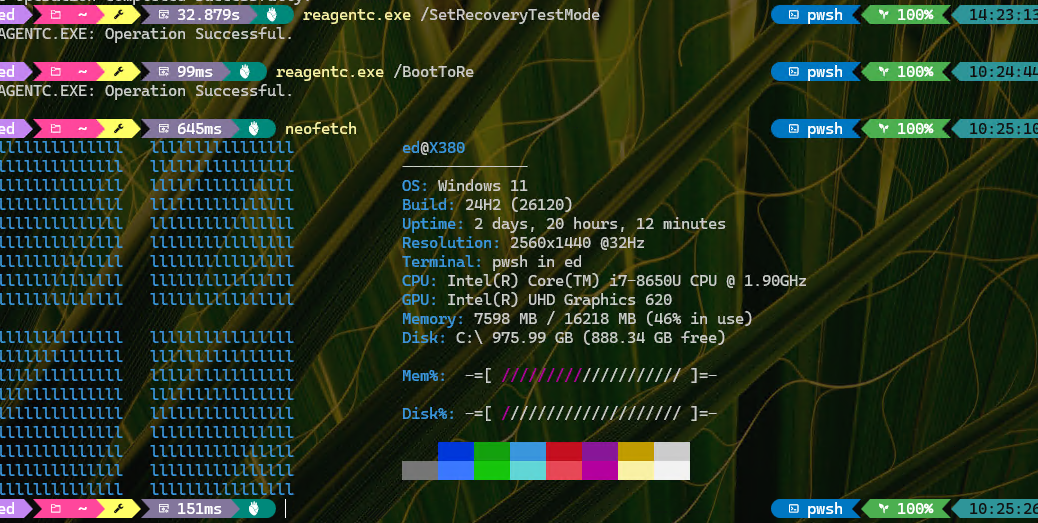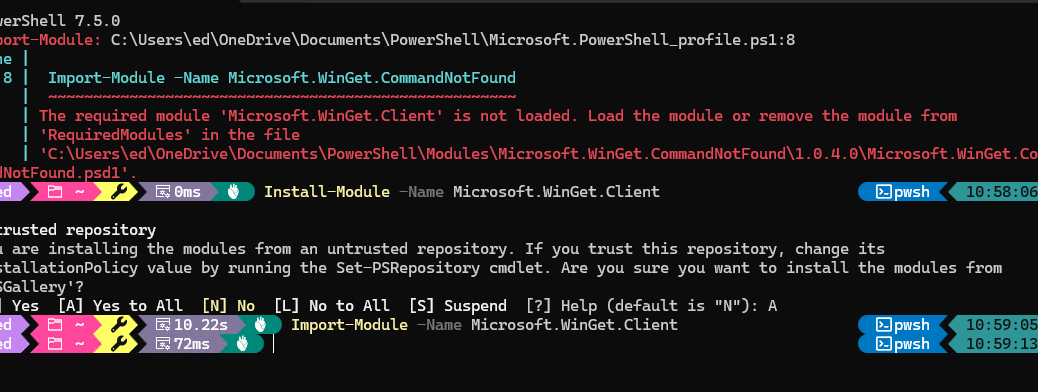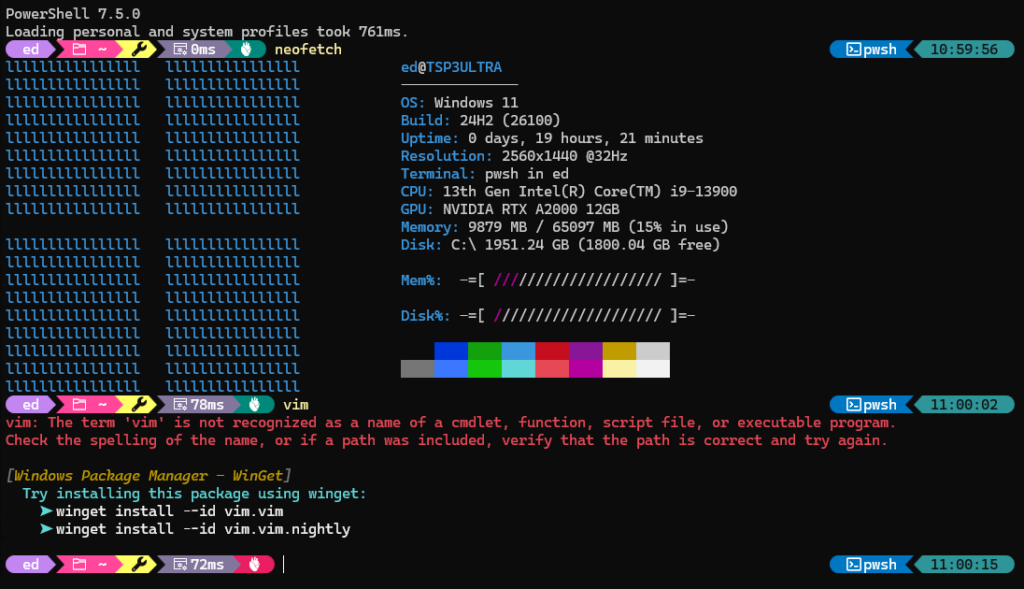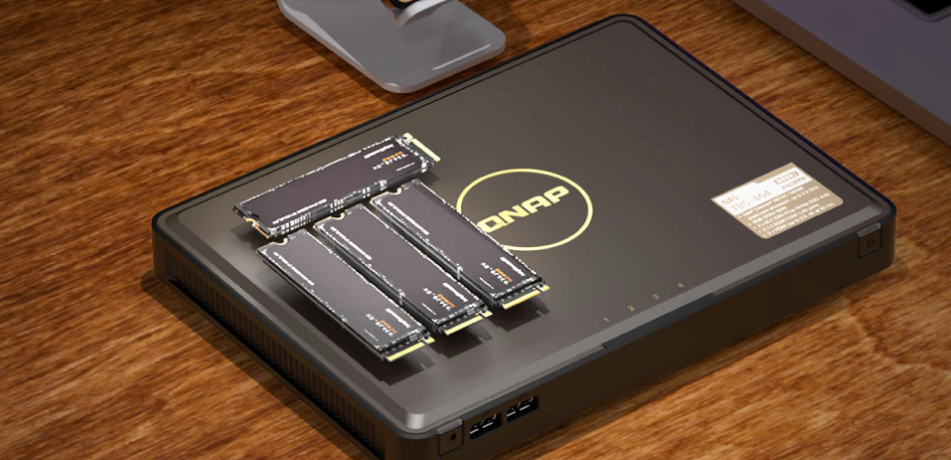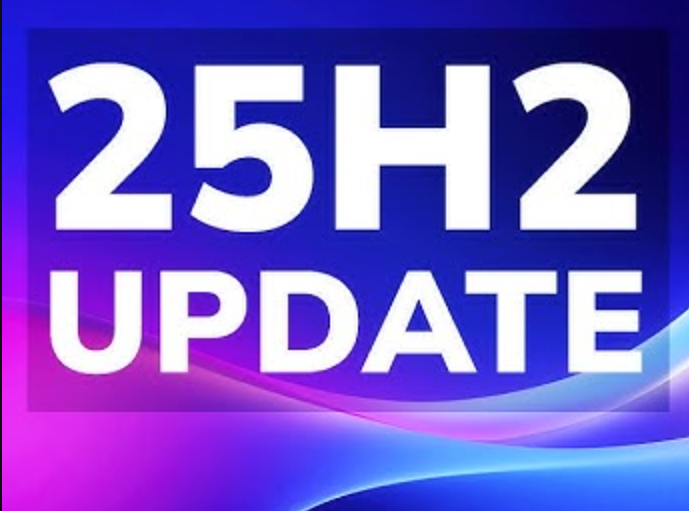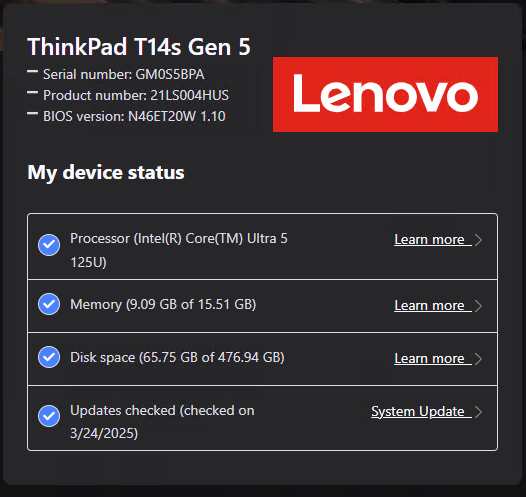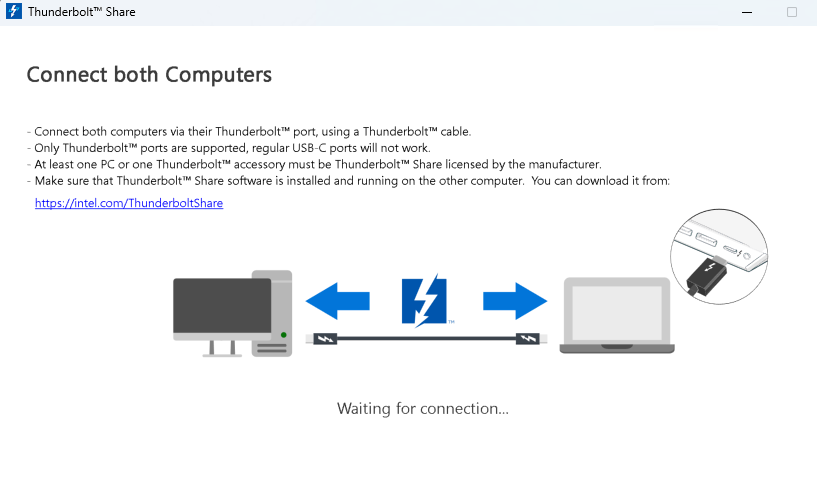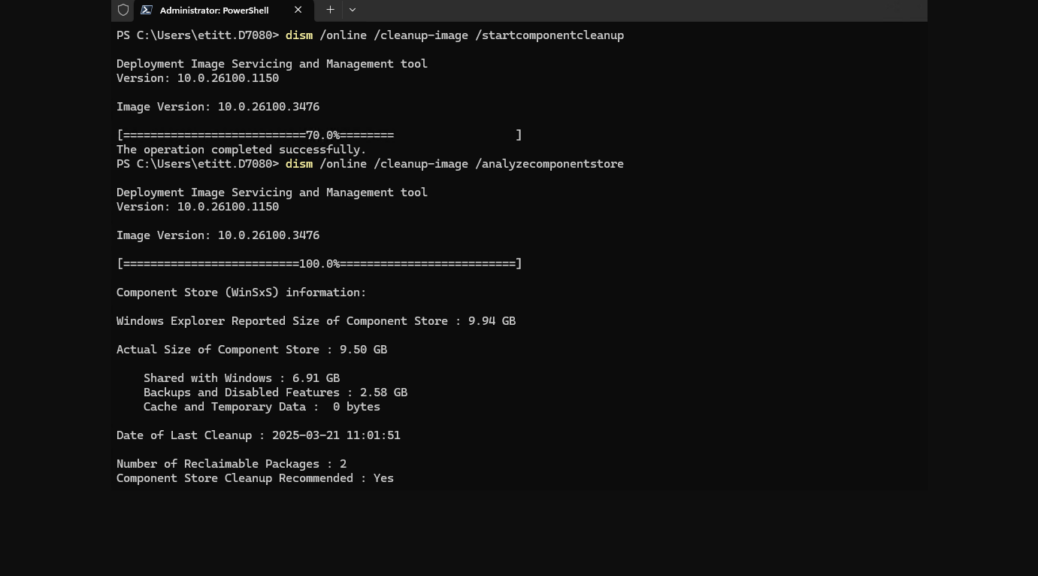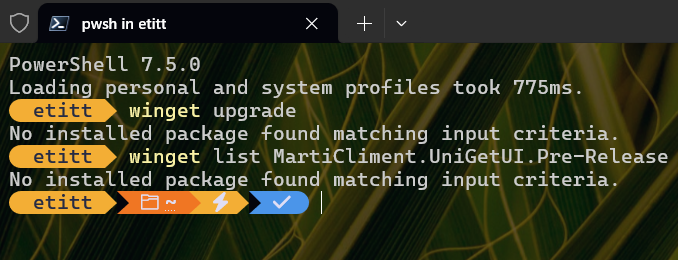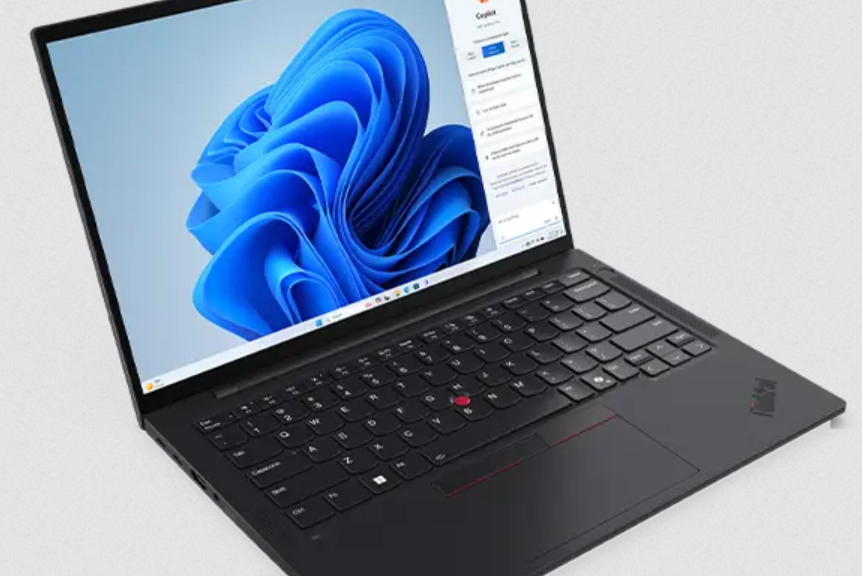In the latest 24H2 Beta Build for Windows 11, the OS gains a facility called Quick Machine Recovery. That’s right: Build 26120.3653 gains QMR, ready for test and use after install. Indeed, the lead-in graphic shows commands to set up a QMR test, as documented at MS Learn. (That entire article is worth a quick read for an overview and explanation of QMR’s cloud- and OS-based remediation capabilities).
Testing How Build 26120.3653 Gains QMR
On a suitably-equipped Windows 11 PC, QMR testing must first be enabled. The first of the two commands shown above handles that:
reagentc.exe /SetRecoveryTestMode
Next, you must instruct QMR to take over the PC after the next reboot. That forces QMR into action (otherwise, it kicks in only after some kind of error or boot failure):
reagentc.exe /BootToRe
This instructs the boot loader to hand the next boot over to the Window Recovery Environment. That’s WinRE, the “Re” in the command string at far right. Overall, reagentc.exe handles WinRE configuration and auto-recovery handling. It also lets admins direct recovery operations and customize WinRE images.
QMR Remediation
QMR’s magic comes from its automated ability that — in the words of the afore-linked MS Learn article — “enables the recovery of Windows devices when they encounter critical errors that prevent them from booting.” In fast, QMR can “…automatically search for remediations in the cloud and recover from widespread boot failures…”
FWIW, I see this new facility as a well-crafted Microsoft response to 2 major issues in 2024. First, there was a Microsoft security update (KB5034441) in January of that year, that rendered PCs with smaller UEFI partitions unable to boot. Second, a Crowdstrike update in July left PCs in a “boot loop” unable to start up at all. Both incidents reportedly affected 8M+ Windows PCs, but the latter caused business service interruptions lasting up to 4 days. Many of those PCs ran remotely, inaccessible without some “interesting” boot-strapping maneuvers involving KVM tools (and lots of cursewords, apparently).
Hopefully, QMR will make such debacles obsolete, and provide cloud-based mechanisms to inject remediation automatically as soon as fixes can be concocted. This could be a very good thing. It’s going to take a while before QMR goes mainstream (probably in 25H2) but it should make life easier for Windows admins everywhere.
One more thing: Sergey Tkachenko at WinAero reports “A test patch is expected to be released in the coming days, which will allow you to test the Fast System Restore feature in practice.” That will let admins try out the auto-remediation feature for real.
